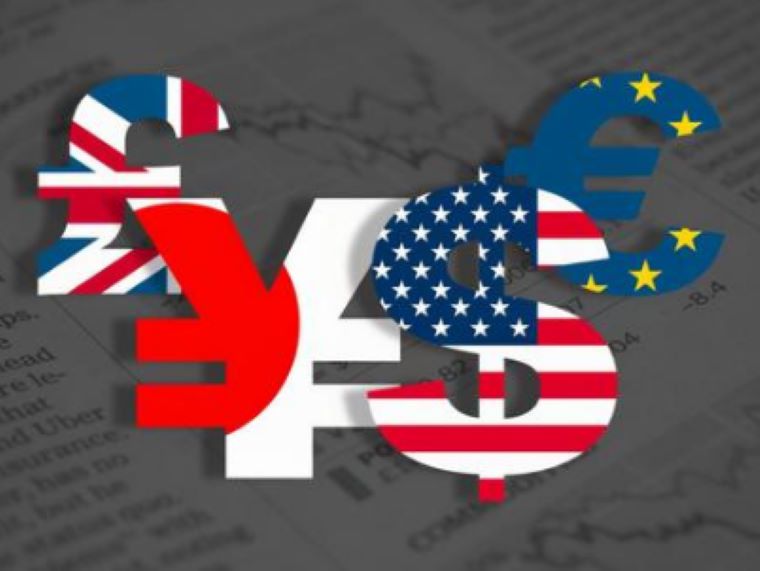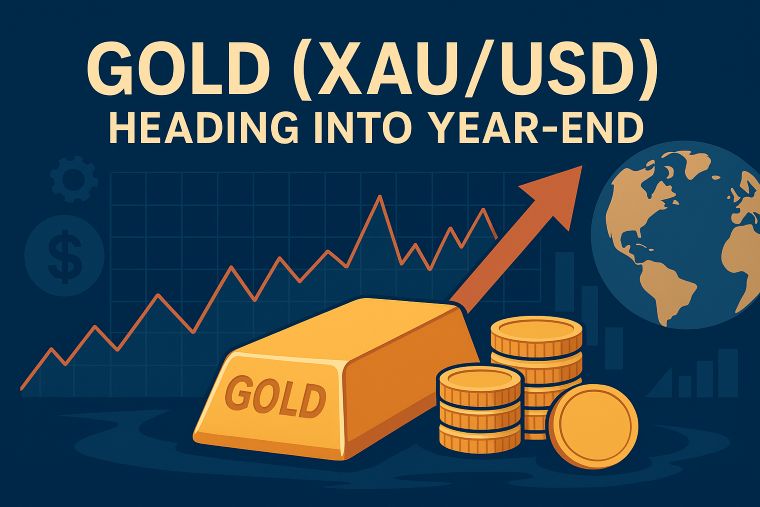3 min to read
The USDJPY pair has surged to the 138 yen level
Amidst robust demand for the dollar

“The USDJPY pair has surged to the 138 yen level”
Amidst robust demand for the dollar, the USDJPY pair has surged to the 138 yen level, surpassing the significant 200 day moving average. This breakout signifies a bullish sentiment and attracts attention to the potential of reaching the 140 yen mark. Although initial caution surrounded the key resistance level at 138 yen, the release of exceptional US economic indicators and statements from Logan Dallas, President of the Dallas Federal Reserve, have heightened expectations of a June interest rate hike, propelling the USDJPY pair further upward. Dallas explicitly stated that there are currently no justifiable grounds for halting interest rate increases.
While no substantial developments have materialized concerning the US debt ceiling issue, the market sentiment remains optimistic, favoring risk appetite and a weaker yen.
Contrarily, despite the Federal Reserve’s hawkish stance, market expectations for an interest rate cut later this year had been increasing in recent months. However, strong economic indicators and statements from members of the Federal Open Market Committee have emphasized their commitment to a hawkish approach. Moreover, the market’s optimistic outlook, which dismisses the possibility of a recession, has slightly diminished the anticipation of an interest rate cut in the latter part of the year. This shift has become a driving force behind the strength of the dollar.
With the combined tailwinds of dollar buying and yen weakness, there is an underlying expectation that the USDJPY pair will continue to test higher levels.
EURUSD has breached the critical support level of $1.08, experiencing a temporary decline to around $1.0765 before falling below the 100 day moving average and presently trading near $1.0805.
Market suggestions indicate that headwinds in the manufacturing sector could impede Europe’s economic recovery. Recent surveys conducted by Germany’s ZEW and the French central bank reveal a significant downturn in industrial production, particularly in Italy and Germany, signaling a gloomy outlook for the manufacturing sector.
The support derived from the alleviation of supply chain disruptions has already waned, with projections indicating stagnant production in Germany until the end of next year. While the European economy has demonstrated resilience against headwinds, the marginal growth experienced by the UK and Germany in the first quarter raises concerns.
GBPUSD has temporarily dipped below the $1.23 level, breaching the 21 day moving average and amplifying apprehensions about downside risks. Today, notable figures such as Bank of England Governor Bailey have testified, proposing an accelerated pace of balance sheet reduction. The BOE currently implements quantitative tightening at an approximate rate of 20 euro billion per quarter, refraining from reinvesting maturing bonds and actively divesting its holdings.
The upcoming release of April’s UK Consumer Price Index garners close attention. Although the overall inflation exhibited double digit growth on a year on year basis, it is anticipated to decelerate to the 8% range. This decline can be attributed to energy prices, which are expected to suppress the figures due to the high base effect resulting from last year’s sharp increase in April. Notably, electricity and gas prices in the UK had surged by 47.5% in April last year. Additionally, the quarterly adjustments of government imposed price caps on UK public utilities led to price hikes in July and October, with a potential impact on future base effects.
Visit XM Official Website.

